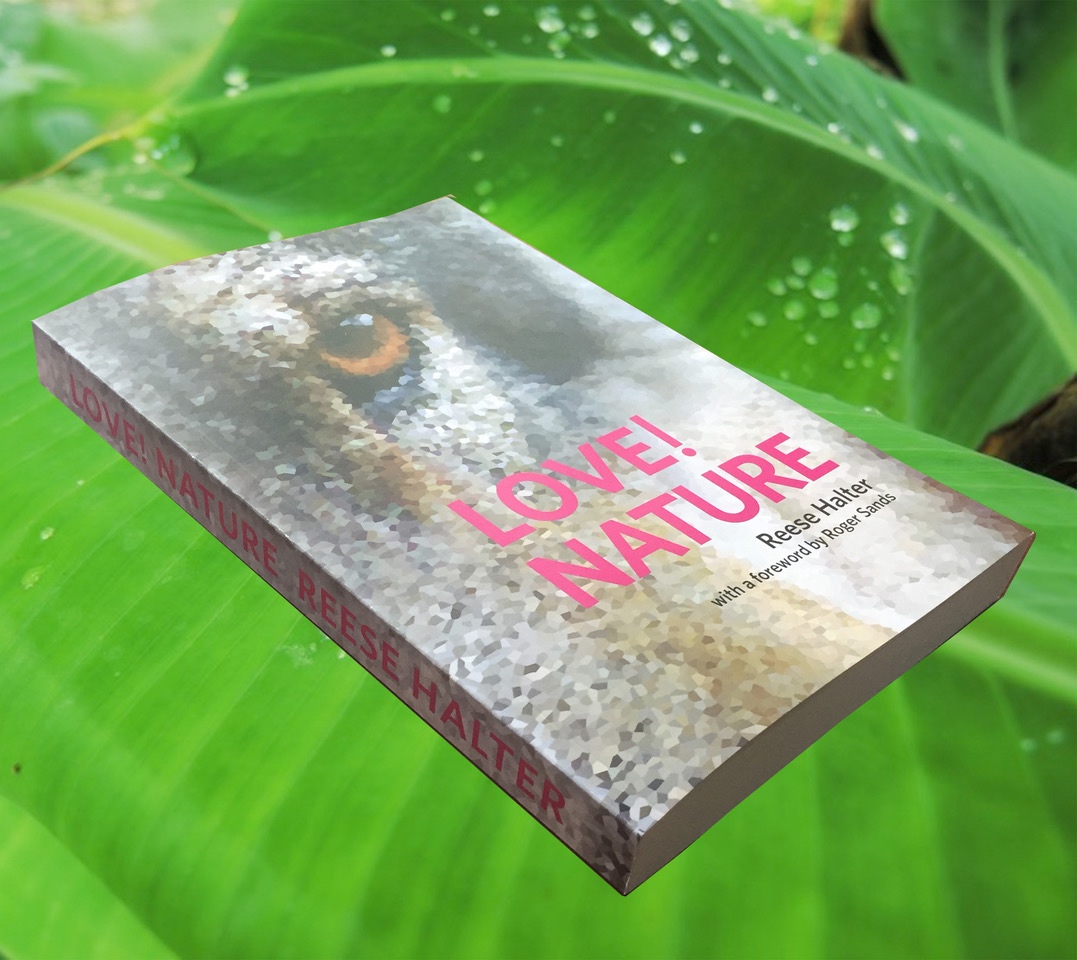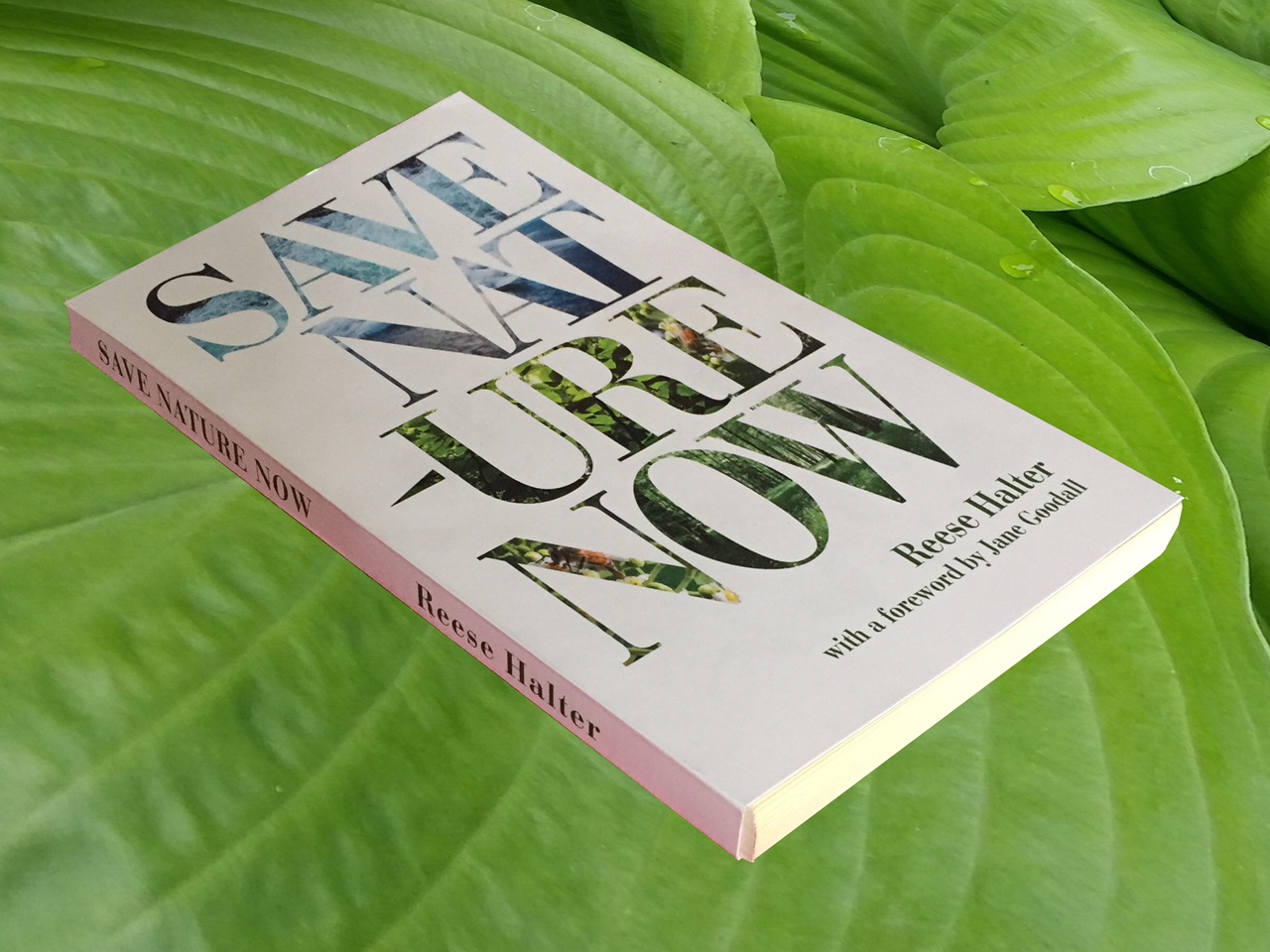Wondrous Nature
A glorious California sugar pine, the tallest of all the 111 pine species, about 280 feet tall.
Sugar pine cones are almost a foot and a half in length, the largest of all coniferous cones.
Trees
Trees and their ancestors have been on Earth for about 400 million years.
There are about 73,000 species of trees.
The wind-pollinated conifers were the first trees. They grow cones which contain naked seeds. Today, there are approximately 615 kinds of conifers.
The ginkgo was one of the first to resemble a typical tree ~ 250 million years ago.
Angiosperms comprise ~ 71,385 different species of trees. They require animal pollinators like bees, hoverflies, moths, butterflies, ants, bats, lizards, mammals and birds. Angiosperms grow fleshy fruits, which cover the seeds. An apple is a good example of an angiosperm fruit.
New York City (NYC) has about 5.2 million trees on public and private lands. Almost 600,000 of those trees grow on NYC streets (2006 NYC Street Tree Census).
There are ~ 900 species of Eucalyptus.
There are many interesting stories about trees in Love! Nature.
To order your autographed copy of Love! Nature email: HalterBooks@gmail.com
Forests ensure drinking water for 90% of all cities (billions of people globally). Mature trees protect cities from storm water runoff, and reduce cooling costs for homes, schools and factories. They lower daytime temperature by 10F (5.5C) and nighttime temps by an astounding 21.6F (12C). Big trees provide invaluable shade and absorb tons of air pollutants. Large trees and old-growth forests are the most perfect CO2 warehouses. For every 1 ton of ancient wood, 1.5 tons of atmospheric carbon dioxide was removed and 1 ton of oxygen given off. Only 1% of all trees in the world are giants. Astoundingly, they hold 50% of all the forest carbon. Forests globally retain more than 80% of the terrestrial carbon. Old-growth forests are also a cornucopia of potent pain, cancer, coronary and other disease-fighting medicines. Old-growth has other tremendous medicinal and spiritual values, as well as providing crucial homes for animals, insects, invertebrates, fungi, bacteria and microbes. Old-growth forests are astonishing intercontinental rainmakers and global climate-stabilizers. We, the Earth lovers, demand that old-growth be protected with a Universal Declaration of the Rights of Mother Earth.
To learn more about the importance of old-growth forests, purchase an autographed copy of The Gen Z Emergency by emailing HalterBooks@gmail.com
Would you like to know more on how to protect yourself and your family from cancer? Purchase my book Save Nature Now and discover Nature's free medicines.
To order your autographed copy of Save Nature Now email: HalterBooks@gmail.com
There's an excellent chapter in Save Nature Now on what you can do to repair our planet.
TIPS ON HOW TO SAVE ENERGY
If you don't have to drive -- don't do it! Walk or ride a bicycle.
When buying a car, purchase pre-owned electric vehicle.
When possible travel on public transit. Use that precious down-time to read books.
Save energy & money, upgrade to LED lightbulbs.
Plug all electronic devices with standby modes such as televisions, tabletop cable boxes, Xboxes etc. into a power-bar, switch the power bar off when equipment is not in use. You'll save 15% on your electric bill each month.
Run the dishwasher, washing machine & dryer only with full loads. Operate washing machine on cold water setting only. Dry your clothes on a clothes-line.
By lowering the thermostat in the winter to 68F (20C) or raising it in the summer to 79F (26C), each household can save 350 pounds (159 kilos) of carbon dioxide emissions annually.
Set your hot water heater to 120F (49C).
Ensure that your home has at least double-pane & preferably triple-pane glass windows (in northern environs); you'll save significantly on both winter/summertime energy costs.
Install ceiling fans in every room. They circulate cool air in the summer and warmth in the winter.
Make sure that the furnace, air conditioners & heat-pump filters are kept clean, replace filters regularly.
Always use the energy-savings settings on refrigerators, dishwashers, washing machines, clothes dryers & all other appliances.
Consider drying your clothes outside. The sun's ultra violet radiation destroys bacteria & fungi. Save 15% on the electric bill by not running the dryer.
Take shorter showers. Try 3 instead of 6 minutes.
Install low-flow shower heads & ultra-low-flow-toilets. Save water !
Use a push lawnmower & a broom instead of a fossil fueled lawnmower & leaf blower. Get a work-out & obviate creating incessant noise pollution.
Convert your lawn to native water-smart plants.
Plant food-bearing trees! They absorb carbon dioxide, create shade & habitat for urban animals & yield nutritious food. Please do not use use chemicals in your yard. Make a bee-bath and replenish water daily.
Go solar with lithium-gel battery packs. Many states encourage selling excess power back to the local grid. Database of State Incentive for Renewable Energy.
Check your tire pressure monthly & in the city, change your air filter every 4 months.
Carpool to work or events.
Plan your errands, obviate using the car for several single-purpose trips.
Refuse plastic bags and plastic water bottles. Instead, purchase organic cotton bags and repurposed metal water bottle, reuse them again & again.
Does your city belong to the U.S. Climate Mayors or Cities Power Partnership -- if not, why not?
Calculate your carbon footprint.
The purchase carbon offset when you travel. Most peeps in North America use between 10 and 24 tons of carbon dioxide each a year. Buy credits from The Conservation Fund, Solar Electric Light Fund, TerraPass, Native Energy or Sustainable Travel International.
Plant lots and lots of trees !
An exquisite Ancient One: Sequoiadendron giganteum
©2024 Reese Halter






